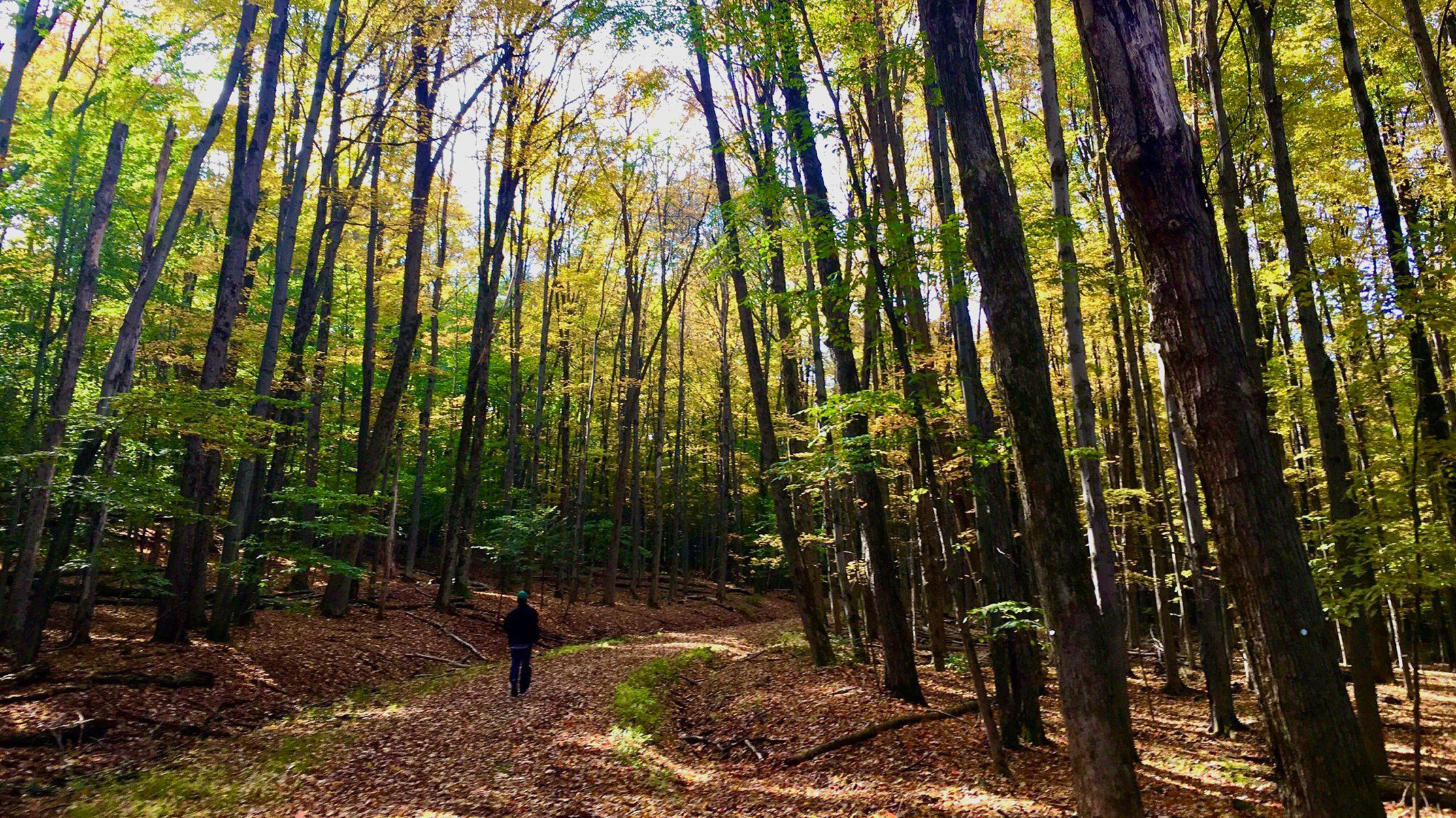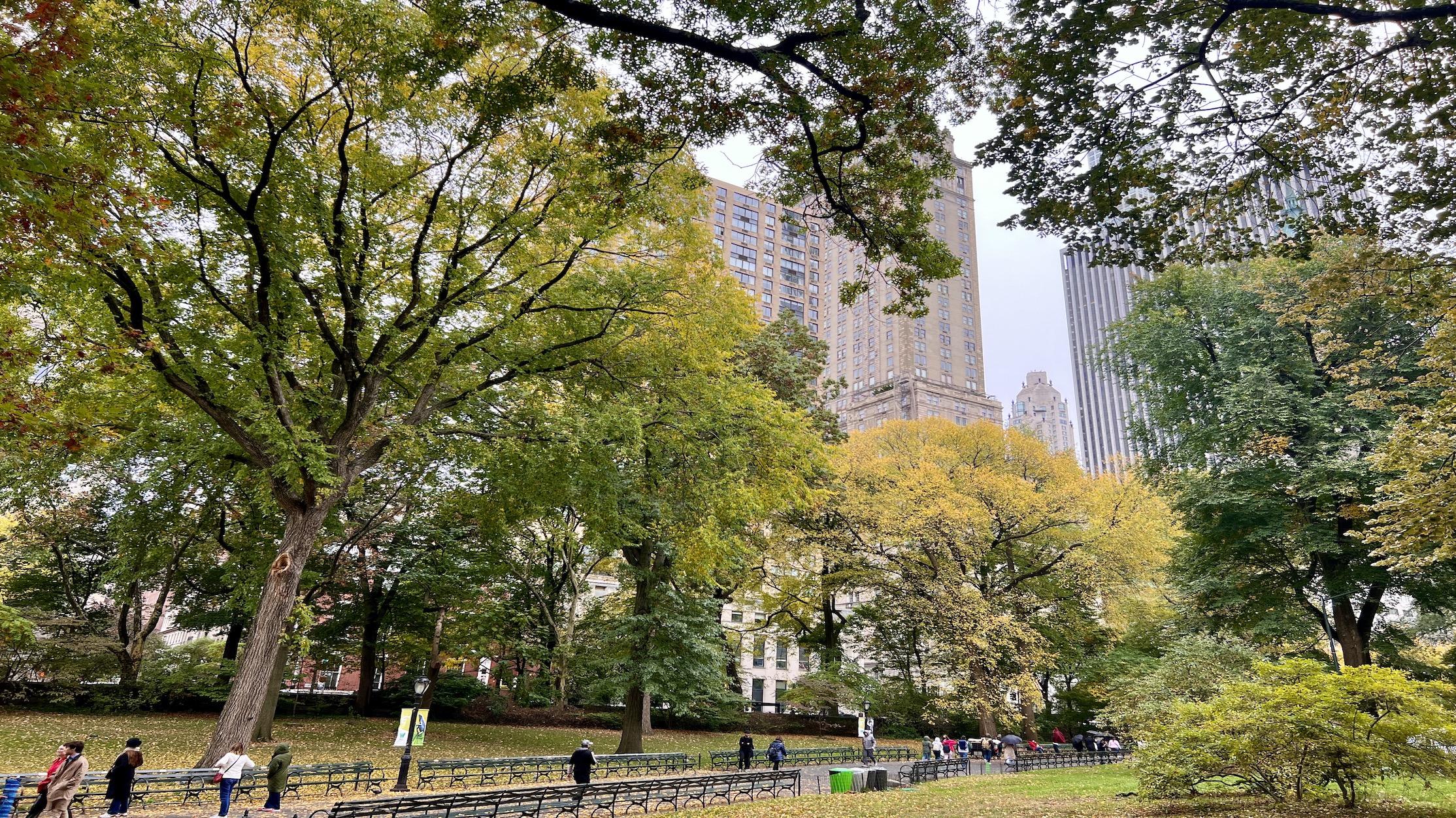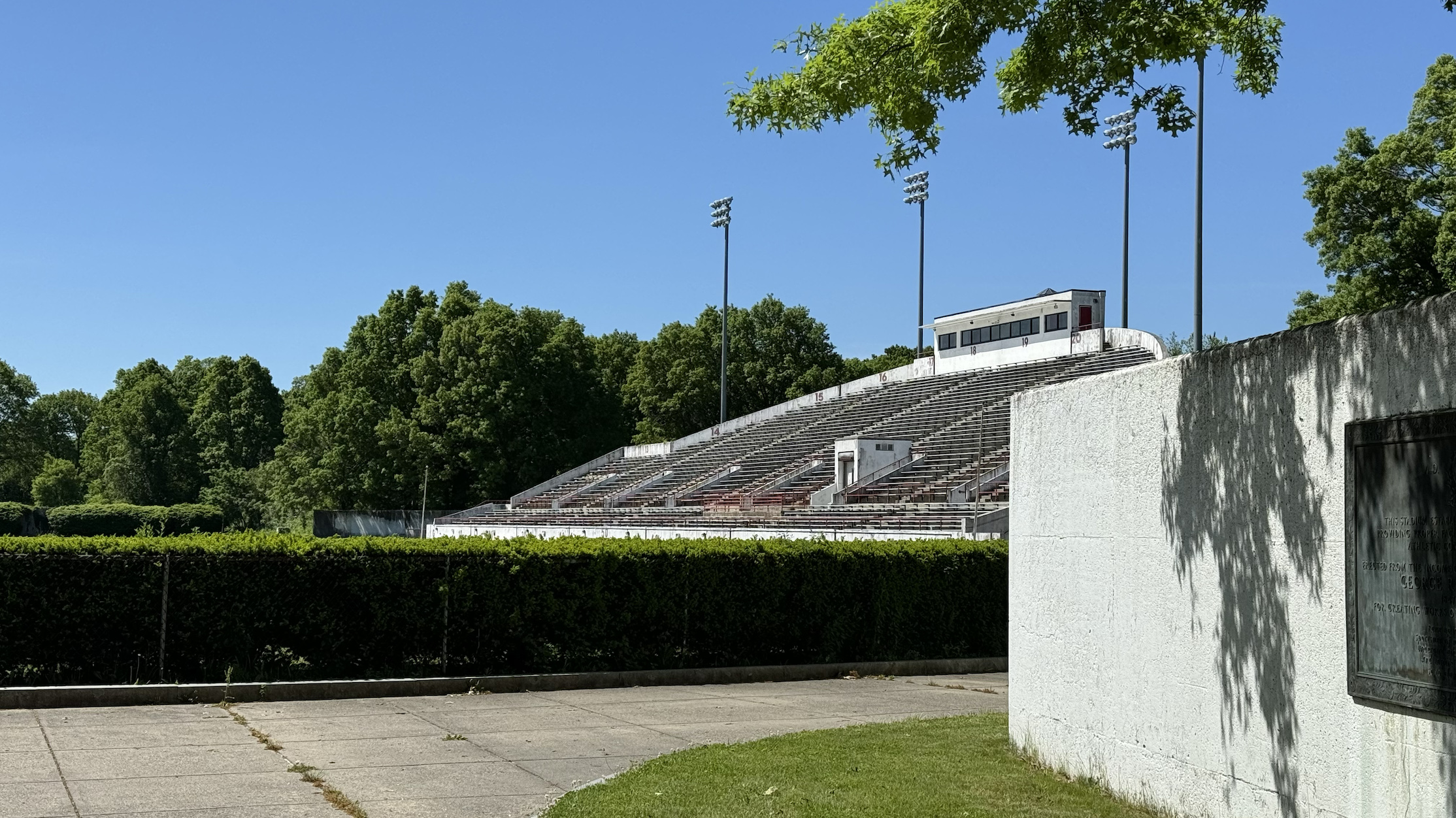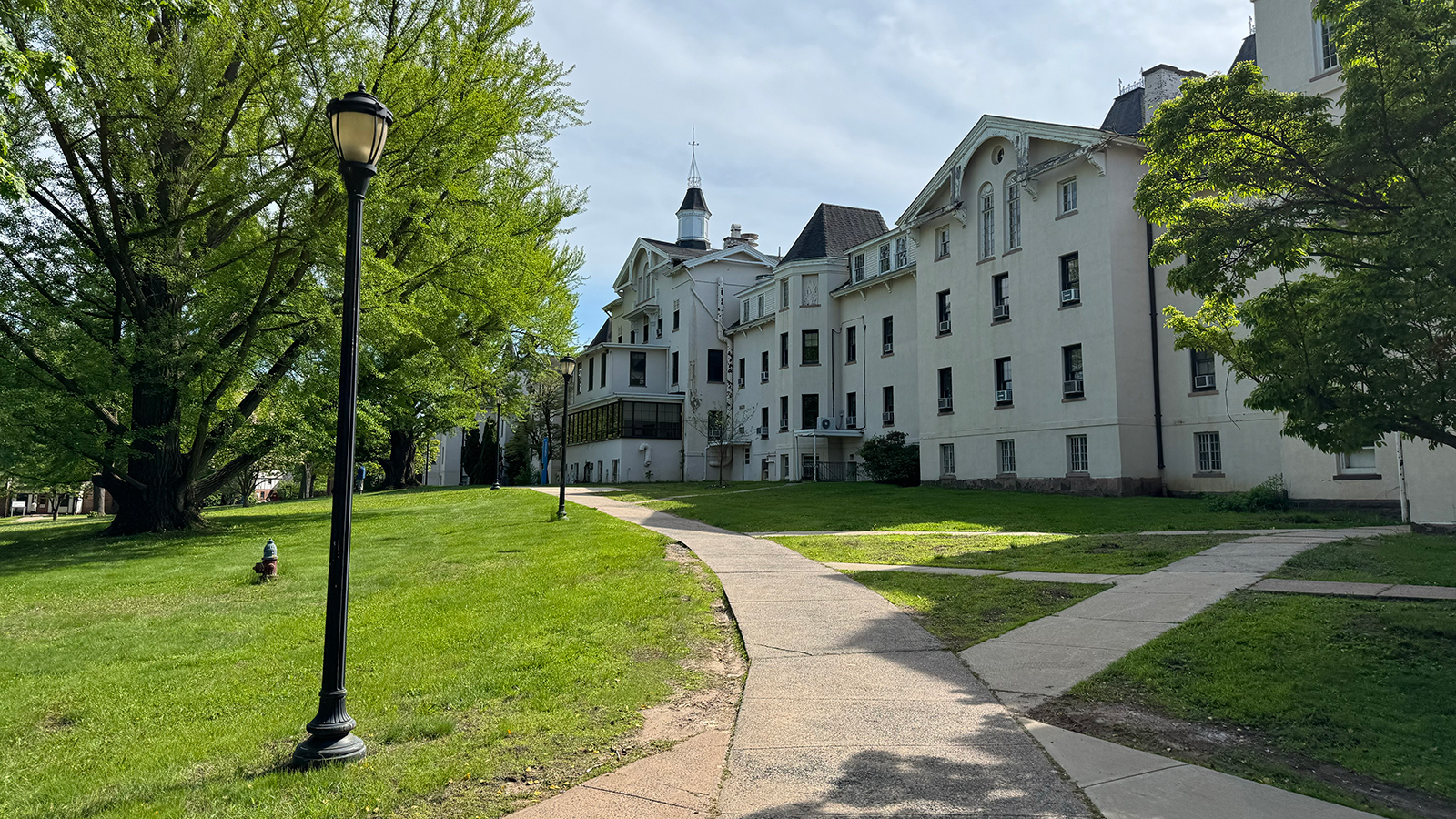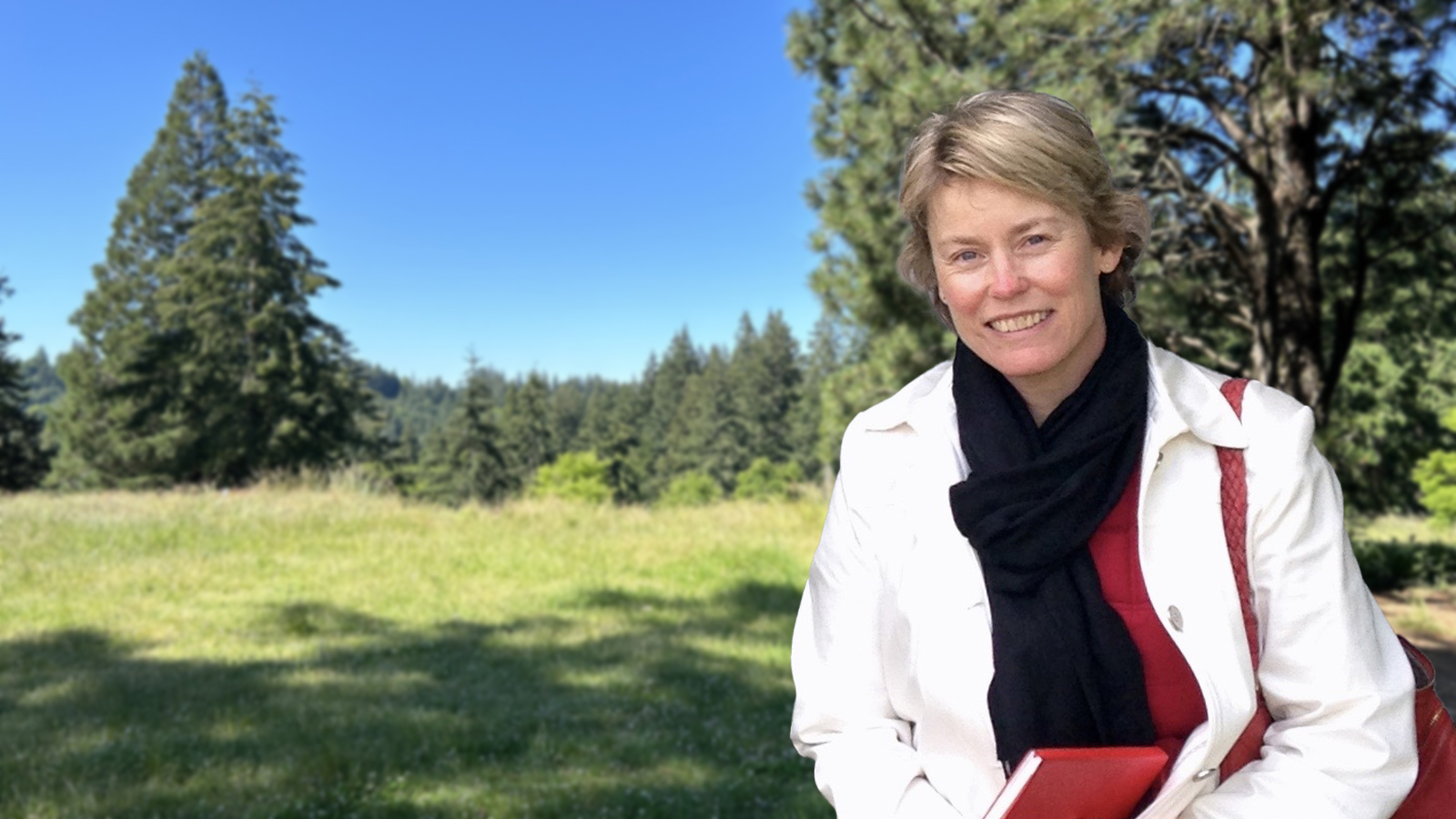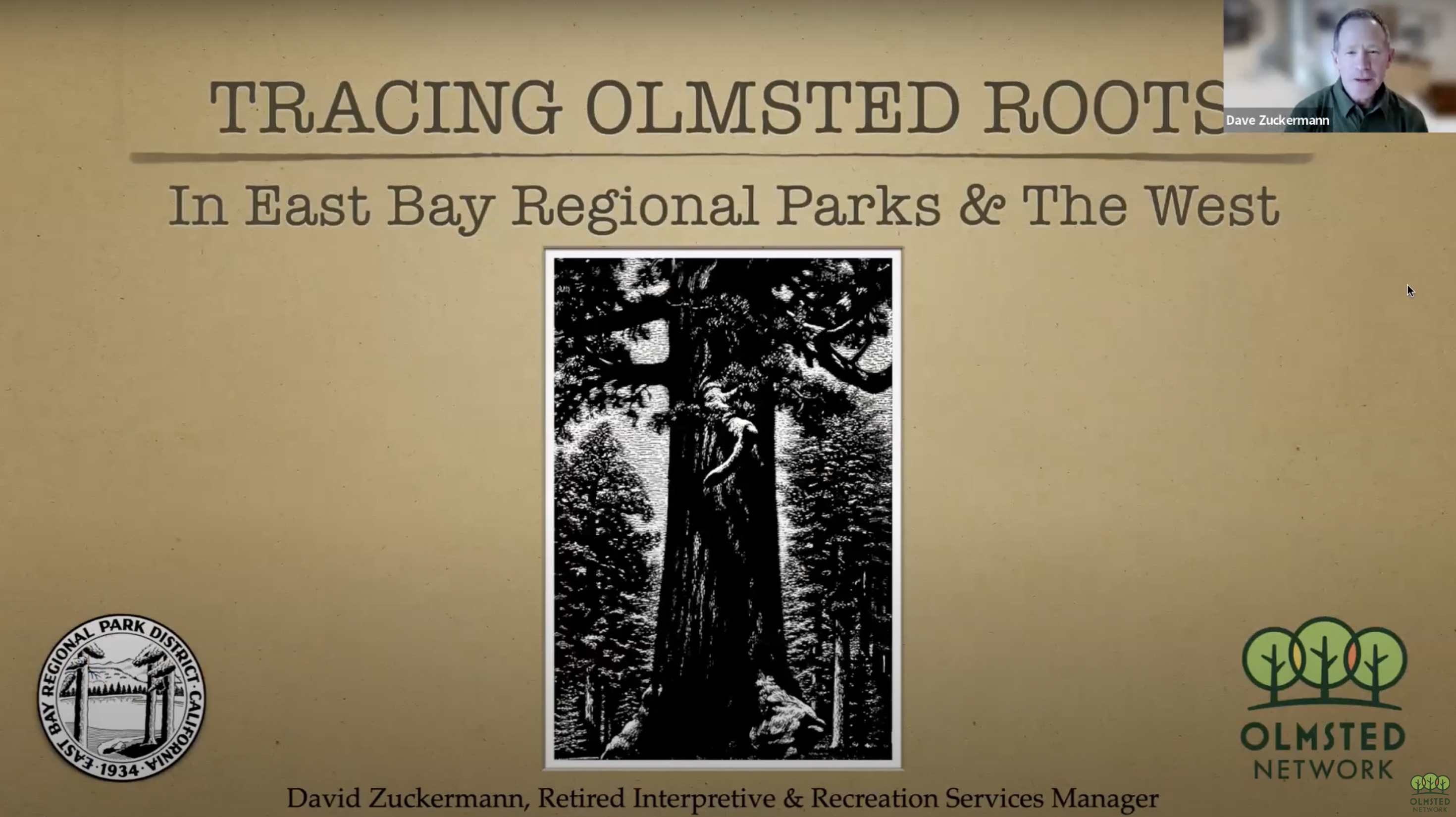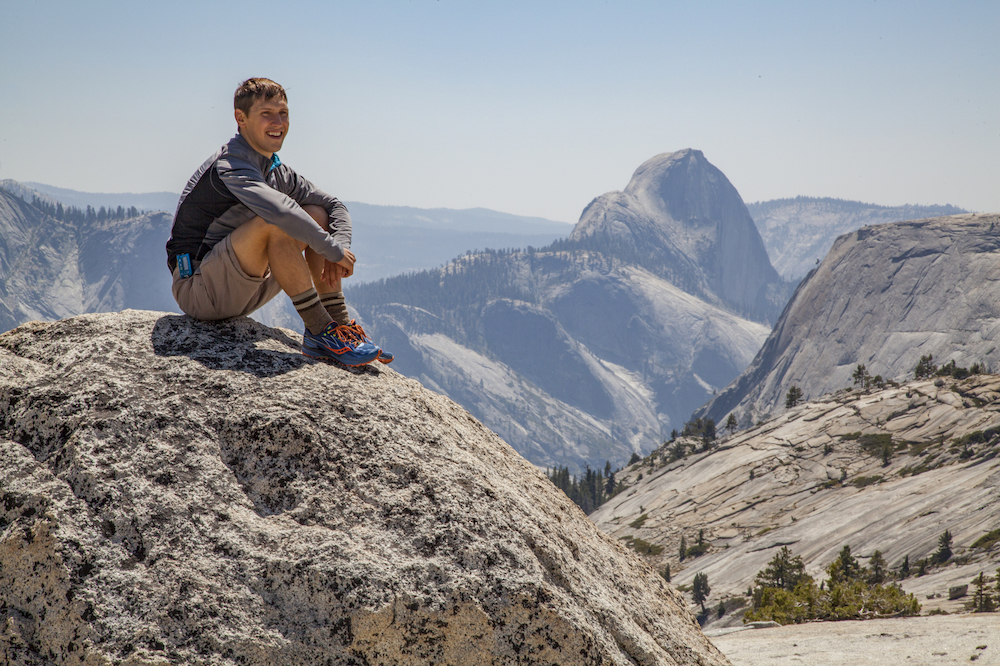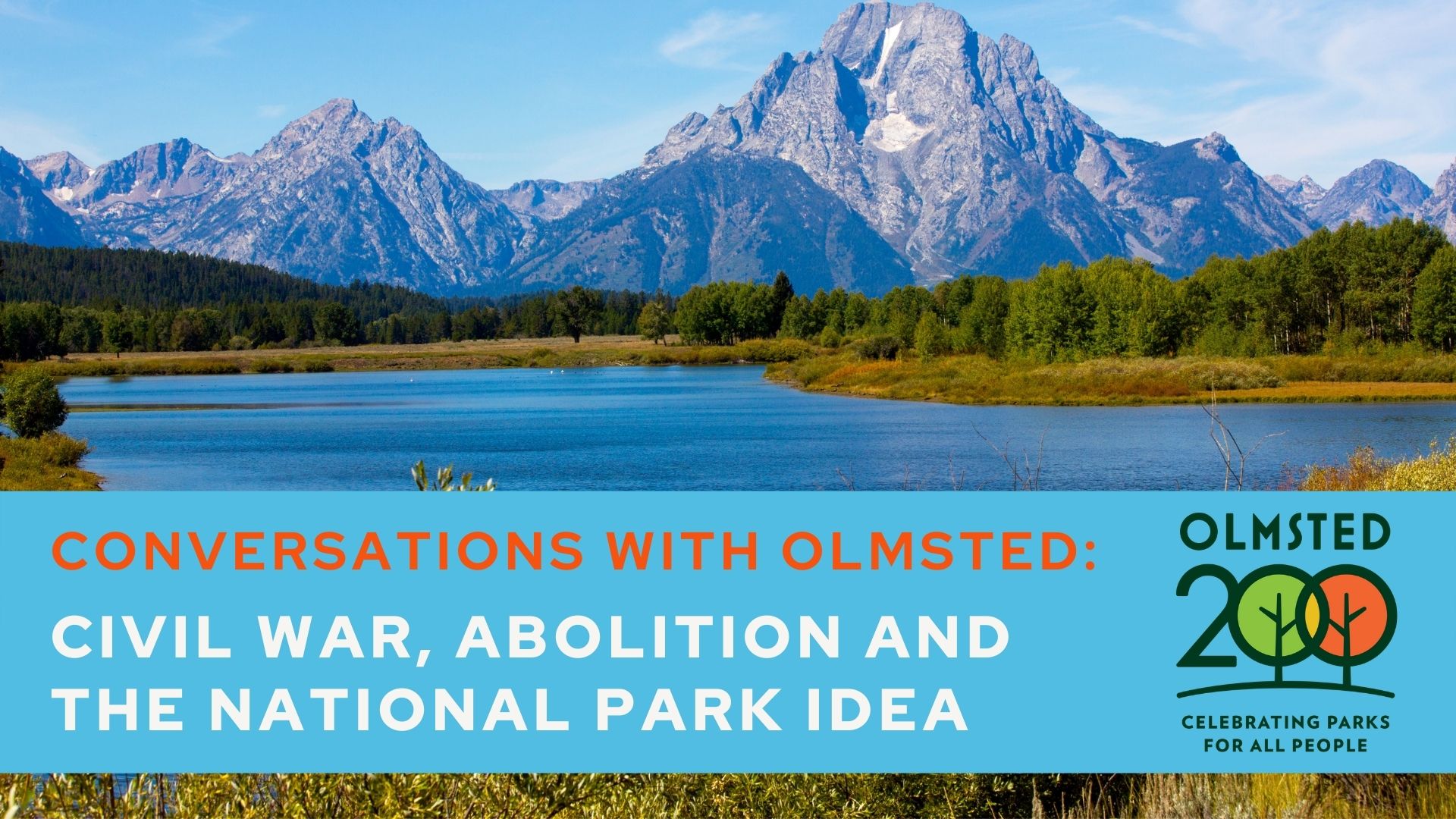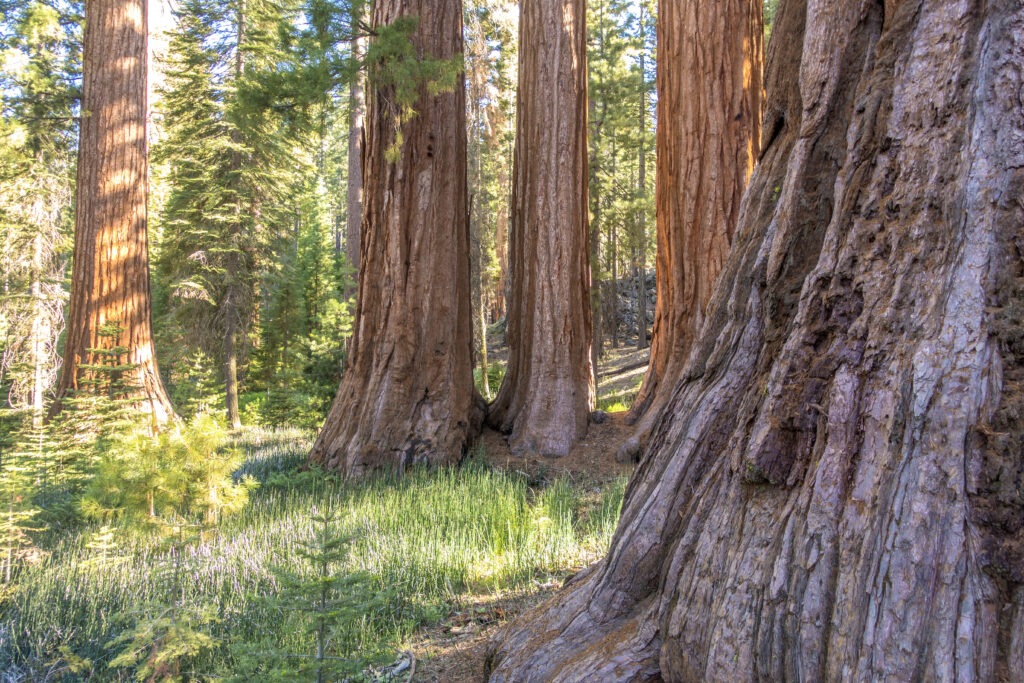
A walk through a giant sequoia grove connects one with the continuity of history and imparts a sense of following in the footsteps of those who have traversed the grove before. Giant sequoia trees are a physical manifestation of the passage of time, their millennia of life evidenced in their unparalleled girth, towering height, and wizened, fissured bark. They are among the oldest living organisms on the planet, capable of surviving over 3,000 years, and they are the most massive trees in the world.
The Mariposa Grove of Giant Sequoias is the largest of three relict groves within the boundaries of Yosemite National Park. Giant sequoias are only naturally found on the western slope of the Sierra Nevada in California, at the rain/snow transition line, where unique conditions of summer snowmelt and regular fire help germinate, nourish, and sustain giant sequoia growth and regeneration. Yosemite’s ancient trees have witnessed generations of people, from Native Americans who used fire as a means of managing and stewarding the forest, to early preservationists and naturalists, to droves of modern-day visitors.
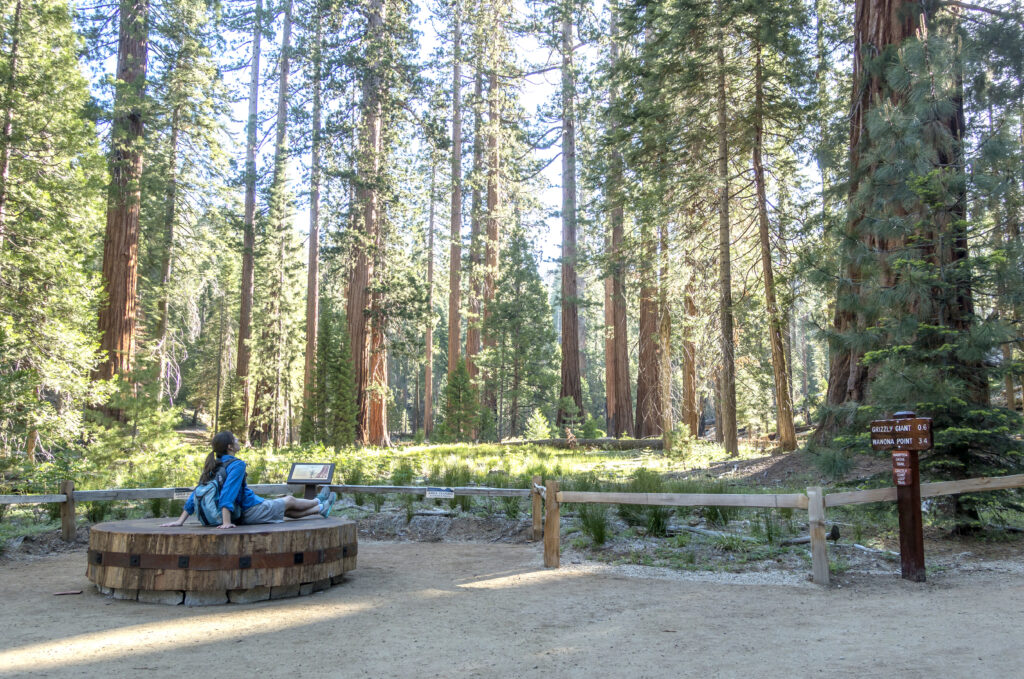
I hiked the Mariposa Grove of Giant Sequoias in Yosemite for the first time in 2010. Being a distant relative of Frederick Law Olmsted, I was struck by the idea that Olmsted had also explored the grove and admired some of the same cinnamon-colored trees that I was moving among. I tried to imagine what Olmsted would have experienced— what it must have been like before the roads, the parking area, and the trams. After his first visit to the Mariposa Grove in 1864, in a letter to his wife, Olmsted wrote that the giant trees were like “distinguished strangers” that “have come down to us from another world.” He deeply appreciated the powerful influence of the magnificent forest.
In his 1865 Report on Yosemite and the Mariposa Grove to the California Legislature, freshly inspired by his travels through the Yosemite landscape, Olmsted expressed the profoundly positive, restorative impact of natural scenery on the human psyche and eloquently advocated for preservation in perpetuity and access for all. His writings persuasively described what has been termed “America’s Best Idea” by Dayton Duncan and Ken Burns in their documentary series, The National Parks: America’s Best Idea – the notion that the most treasured and inspiring places be set aside not just for a privileged few, but for everyone, inalienable for all time.
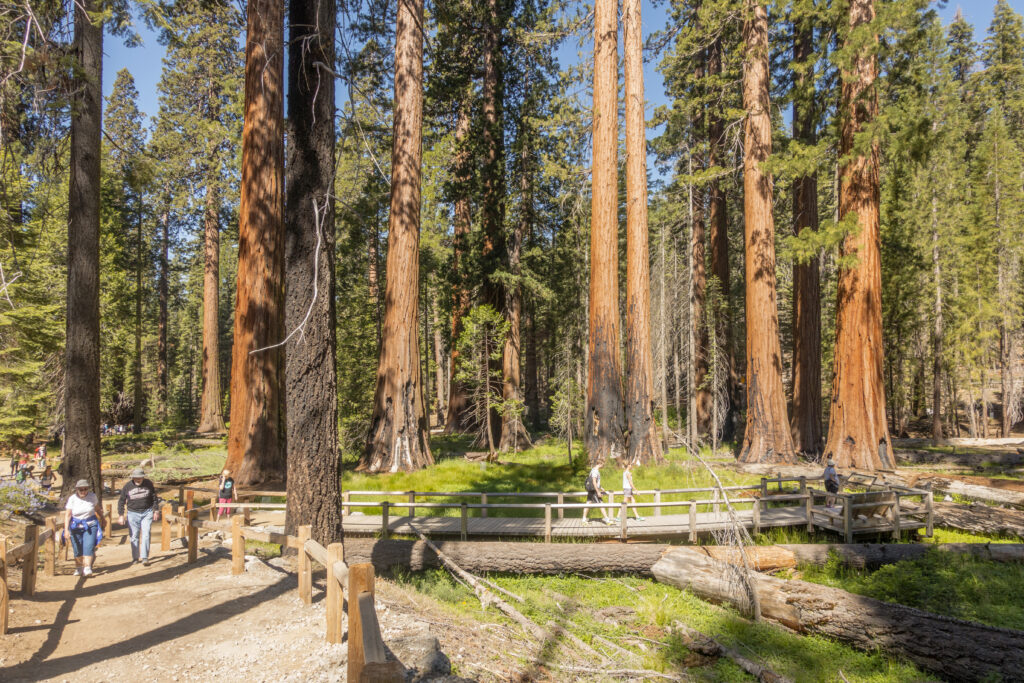
The Mariposa Grove helped launch the preservation movement, and, today, the giant sequoia is symbolic of the National Park Idea, appearing prominently on the National Park Service (NPS) logo, as well as staff belts and hats. Despite this revered status, by the time of my first visit to the Grove in 2010, the landscape was in a state of disrepair, evidencing decades of vehicular encroachment, crumbling infrastructure, and habitat degradation. The Grove echoed with the discordant sounds of diesel-run trams and the persistent hum of a generator. Cars and trams were parked atop extensive, shallow root systems, outdated restrooms emitted pervasive odors, and paved roads blocked hydrologic flow. With over a million annual visitors, the grove was being loved to death. Once a testament to preservation and wellspring of national pride, the Mariposa Grove was in desperate need of restoration. Thus, Yosemite National Park, funded in partnership with Yosemite Conservancy, began undertaking the largest, most ambitious restoration and improvement project in park history.
Co-led by Restoration Ecologist, Sue Beatty, and Project Manager Kimball Koch, Yosemite dedicated a multidisciplinary team of subject matter experts in ecology, wildlife, hydrology, visitor experience, interpretation, cultural and tribal resources, archeology, law enforcement, transportation, utilities, and fire management toward the project. Schuyler Greenleaf served as Project Director for Yosemite Conservancy. As an architect and landscape architect with Mithun, I served as the project lead for the design consultant team, which included landscape architects, architects, transportation planners, engineers, exhibit designers, cost estimators, an accessibility expert, and a giant sequoia expert. This extraordinary team with diverse knowledge and experience shared a common goal to protect and restore the health of the Grove ecosystem while enhancing visitor experiences. Restoration was the heart of the project – restoration of interconnected, dynamic systems that, together, comprise the giant sequoia habitat and the unique sense of place for Mariposa Grove. Ultimately, it was all about the trees.
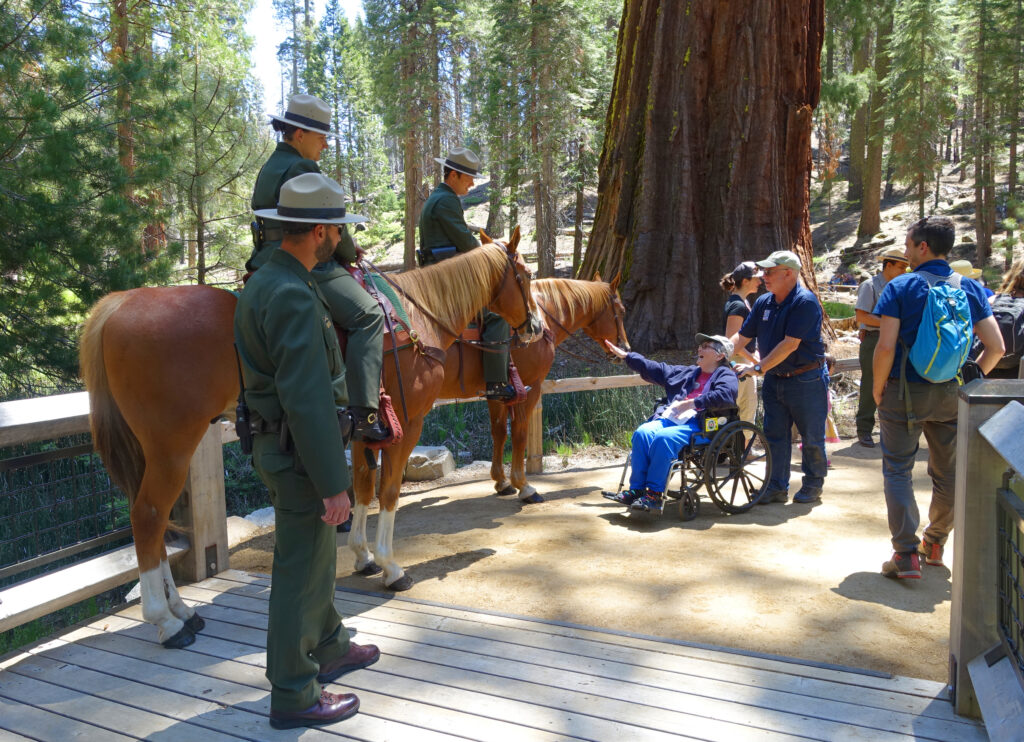
Over the years, our team walked the Grove together many, many times, through conditions varying from the quintessential Yosemite summertime crisp blue skies, to silent white winterscapes with clouds of snow blanketed across the forest floor and held aloft in massive branches. Some of our best ideas and approaches emerged from these excursions, such as re-routing trails to better convey the grandeur of the Fallen Monarch and the charismatic profile of the iconic Grizzly Giant, where John Muir and Theodore Roosevelt once camped. We identified important views that could be restored and managed and places where ecological and cultural stories could be told. We found spots where people of all abilities might naturally want to gather, rest, gaze up, or photograph. We systematically reviewed every culvert and impediment to hydrologic flow that we could find, and we determined strategies to re-establish natural flows. We planned for ongoing fire management for this fire-dependent ecosystem, a program of prescribed burns which had been relatively recently reinstated in 1970, after a century-long policy of fire suppression. Overall, and most importantly, through a combination of data, design, and field work, we identified the places and strategies to optimize conditions for giant sequoia regeneration and build resilience for the Grove ecosystem.
Visiting the Grove today, post-restoration, the noisy, smoggy, dusty distractions of prior years seem a world away. Arriving at the South Entrance to the park, visitors leave their vehicles behind and plan their trip at a new welcome center and shuttle station. After alighting from a convenient and scenic shuttle ride, visitors enter the Mariposa Grove on a fully accessible, raised boardwalk trail that meanders through the lower grove area over a restored wetland and connects with a larger network of trails and places of solitude. The giant sequoia environment is the focus – the stories, flora, fauna, views, sounds, smells, textures, and colors of the Grove.
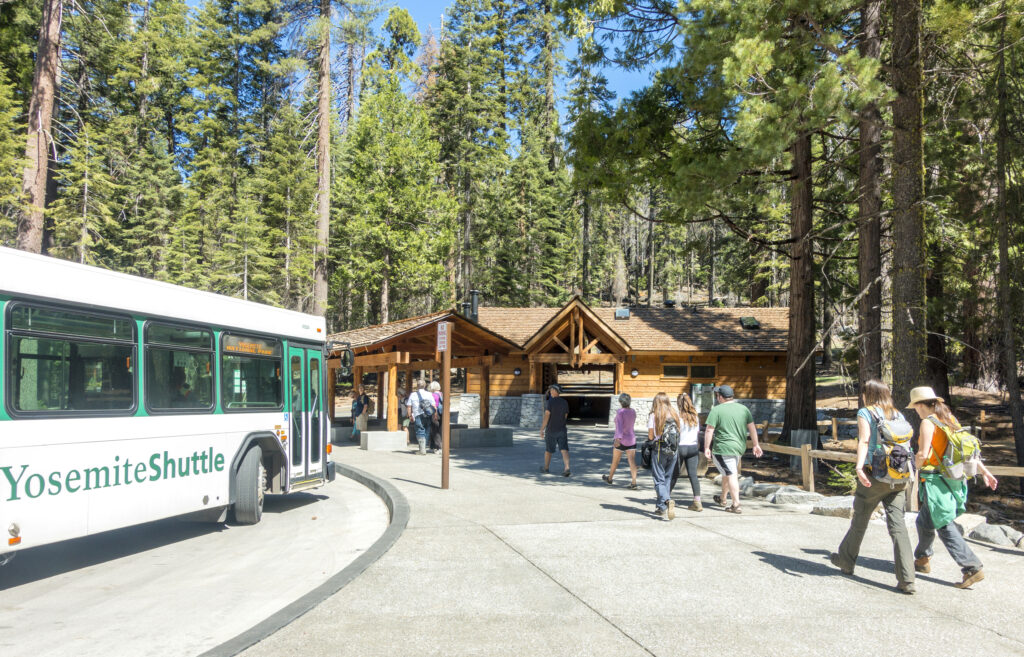
Joining the park for the grand re-opening of the Grove in 2018, and exploring the forest of big trees, I again had the opportunity to walk in the footsteps of giants – the amazing team of collaborators who helped realize the restoration project over the course of many years, as well as the stewards of prior generations, including Olmsted. I felt thankful that past preservationists and visionaries safeguarded Yosemite and the Mariposa Grove in perpetuity, so that today’s visitors could experience the grandeur and power of this treasured landscape. I wondered what our predecessors would think about our efforts to restore ecological resilience, and perhaps like them, I wondered what future generations would experience at the Grove. Will they still be able to walk among Olmsted’s “distinguished strangers” in another 150 years? It is my ardent hope that the seeds of our generation’s restoration efforts, gifted to us by previous generations, flourish, so that future visitors who experience this magnificent place can, in turn, feel restored.
Susan Olmsted, AIA, ASLA, LEED AP BD+C, is the Principal & Founder of Susan Olmsted Workshop. She is a relative of Frederick Law Olmsted— a seventh cousin three times removed!





